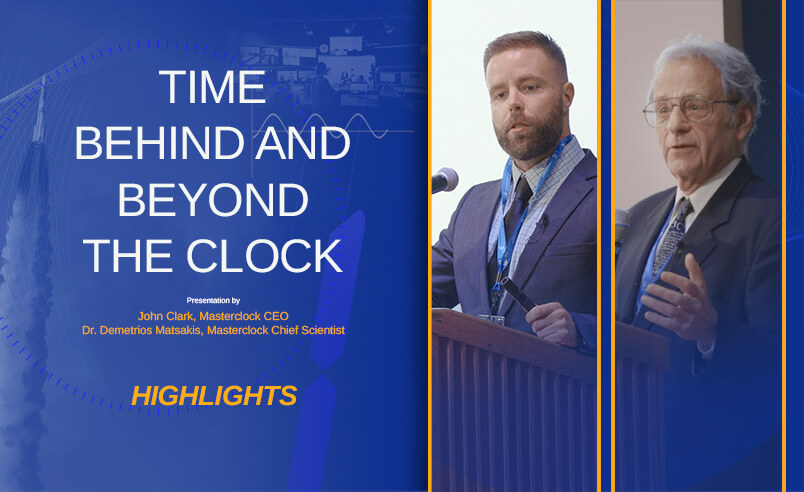On this November 1, the continental USA “falls back” to standard time—except for Arizona, which does not “spring forward” to Daylight Saving Time…except for the Navaho nation within Arizona, which does switch… except for the Hopi nation, geographically within the Navaho nation, which does not switch.
10/29/20 By Dr. Matsakis
Daylight Saving Time... Friend, Foe, or just a force to be mastered?
In the European Union, the switch to what they call “summer time” occurred on October 25, but it is not quite so complex. At least not yet. But the plans are to eliminate it and have each country decide for itself whether to be on permanent summer time or permanent standard time. The exact date of the last switch was one of many things delayed by COVID. But switching will eventually be abandoned because that is the overwhelming will of the people—in a 2018 internet poll, 84% of 4.6 million responders were in favor of eliminating the transitions. The more northern the nation, the higher the percentage. But even in Italy, Greece, and Cyprus there were 50-60% majorities in favor of eliminating it. One factor for the geographic distinction might be that in northern Europe the winter/summer difference is so large that moving clocks one hour doesn’t help much.
So if daylight/summer time causes such a mess, why did we ever decide to do it? The idea is often credited to our own Benjamin Franklin. While serving as ambassador to France in 1784, he was awakened by a loud noise at 6 AM and astounded to find Paris in bright daylight, with shutters tightly closed, and everyone still sleeping. The result was a satirical article estimating how much money could be saved on candles if people would go to bed and wake up earlier in the summer. But the idea of setting the clocks forward was really started in 1895 by George Hudson, an entomologist in New Zealand who wanted more time to study his bugs after work.
Hudson inspired other advocates, but daylight time would probably never have been implemented if it hadn’t been for the Great War. Landlocked Germany adopted it first, as a way to save electricity in the evenings. The Allies quickly copied, and when the USA entered the war, the farmers called it “Kaiser’s time.” They were furious to have to milk their cows an hour early so as to meet the schedule of trains bringing their milk to the cities. The cows got their comfort back when WWI ended and daylight time was abandoned—at least until the Greater War started.
With the relative prosperity of the 50s, people had more time off after work, and maybe the desire to play was as great a factor as the desire to save energy. The debate on whether daylight time really saves energy is highly complex and involves such things as air conditioning usage and building insulation. Some studies show a few percent savings, but in 2006, Indiana went from having some counties using daylight time to the whole state observing it. You’d think it would have been easy to make an economic comparison just by comparing the electricity bills in adjacent counties. But, alas, privacy laws made it impossible for researchers to get the exact addresses of the users. Even so, it was concluded that energy consumption went up with daylight time. However, what’s true for rural areas might not be true for the big-city heat islands.
But does daylight time save? Yes, it does. Every fall, the pedestrian accident rate shoots up after we go back to standard time. In 1975, when the USA went to all-daylight time as a result of the oil embargo, a tragic accident took the lives of school children waiting for their bus one dark morning. A federal commission noted that this loss was more than made up by the decrease in bicycle accidents in the afternoons, yet it recommended using standard time in the winter because “that is how society works.”
Surprisingly, some of the old arguments against daylight time have resurfaced in modern life. For example, Lord Balfour of Burleigh stumbled onto time-tagging problems when he argued in 1916 that the birth order and inheritance rights of two twins would be scrambled if one twin was born just before we switched clocks back, and the other after. And at about the same time, an editorial in a highly respected American newspaper warned that daylight time would be abusive to children because for half the year they would every day be forced to get up an hour early, eat meals an hour early, go to school an hour early, and to go sleep before they were ready. We can laugh at that now, but modern research on biological clocks suggests even an hour’s change can cause a mini-jet lag, affecting long-term health of frequent travelers. And in the teleworking era, Franklin’s argument for changing our habits—rather than our clocks—might justify moving his portrait from paper $100 bills to their bit-coin equivalents.
All this is well enough, but what do the computers—our un-elected and un-challengeable leaders—think about daylight time? The good news is that there is a heroic group that maintains a publicly-available database on time zones and summer times throughout the world. You can access it here, though hopefully your operating system does it for you. The bad news is that there is no limit to what trouble sloppy programming can cause. We can therefore suggest the following best practices:
- It is good to run your full system on Coordinated Universal Time (UTC), which never switches, but even better to use a time with a fixed offset to International Atomic Time, which has no leap seconds either. Computers actually do something like that now, with the local time being used only for display.
- If you can’t do that, make sure your time-tagging is in an unambiguous timescale—unless you want to end up like one of Lord Balfour’s twins.
- Wherever you use local time, be sure the operating systems are set so the computers know the correct days and times of the switchovers. With Masterclock products, this can be configured by clicking WinDiscovery’s Daylight Savings Time box on the main window.
- If possible, do an offline test before switching to or from daylight time.
- Avoid critical operations that span the period of a switchover.
- Have someone babysit the system during the full switchover period. Choose a night-owl.
About Dr. Demetrios Matsakis
 Dr. Demetrios Matsakis attended MIT as an undergraduate and received his PhD in physics from UC Berkeley, where he studied under the inventor of the maser and laser; and built specialized ones in order to observe interstellar dust clouds where stars are born. His first job was at the U.S. Naval Observatory, building water vapor radiometers and doing interferometry to observe quasars and galaxies at the edge of the observable universe. After developing an interest in clocks, Dr. Matsakis would spend the next 25 years working hands on with most aspects of timekeeping – from clock construction, to running the USNO’s Time Service Department, to international policy. He has published over 150 papers and counting, but gets equal enjoyment out of beta-testing his personal ensemble of Masterclock products.
Dr. Demetrios Matsakis attended MIT as an undergraduate and received his PhD in physics from UC Berkeley, where he studied under the inventor of the maser and laser; and built specialized ones in order to observe interstellar dust clouds where stars are born. His first job was at the U.S. Naval Observatory, building water vapor radiometers and doing interferometry to observe quasars and galaxies at the edge of the observable universe. After developing an interest in clocks, Dr. Matsakis would spend the next 25 years working hands on with most aspects of timekeeping – from clock construction, to running the USNO’s Time Service Department, to international policy. He has published over 150 papers and counting, but gets equal enjoyment out of beta-testing his personal ensemble of Masterclock products.

